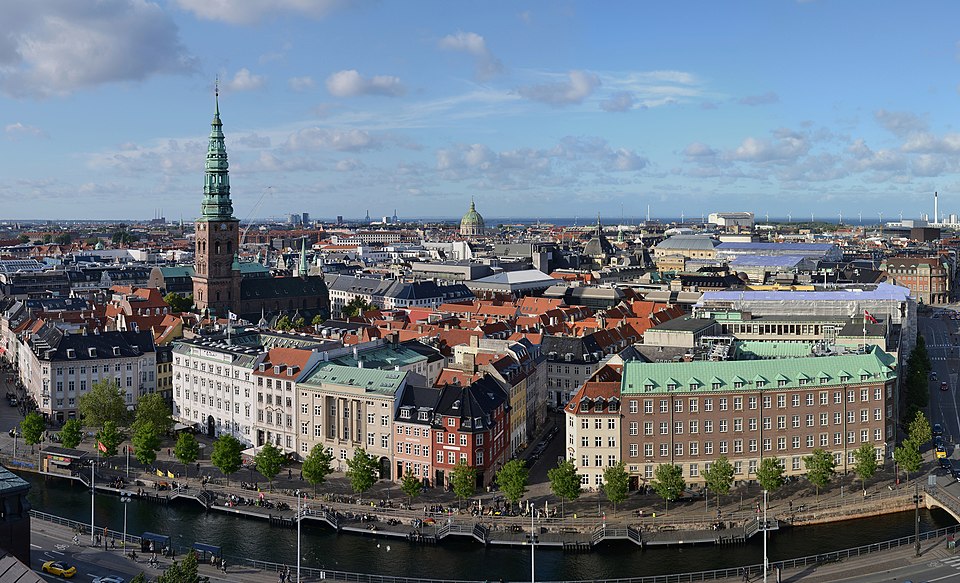

Curated experiences in København
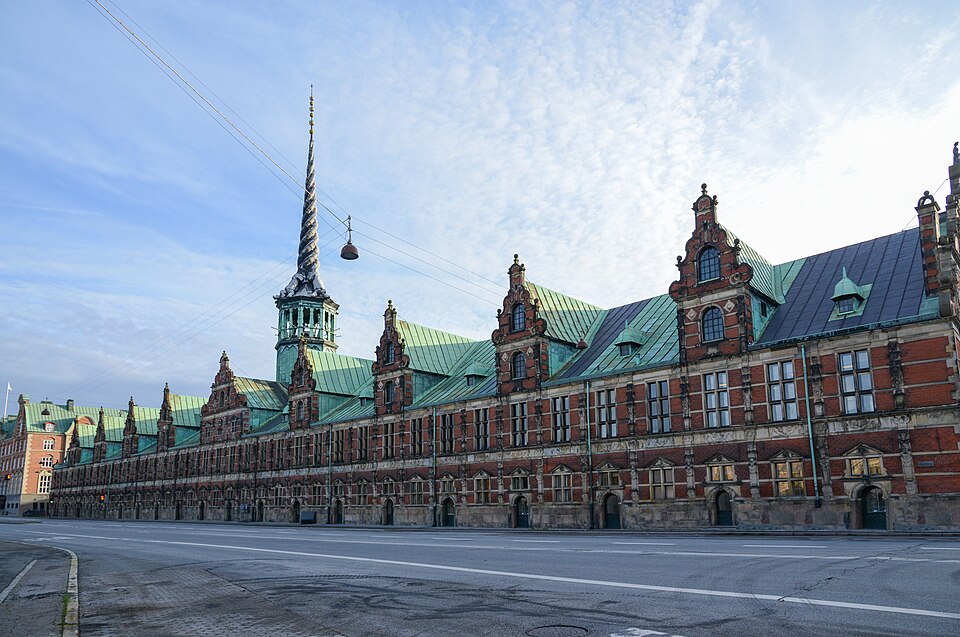
Børsen (Danish for "the bourse" or "the stock exchange"), is a 17th-century commodity bourse and later stock exchange in the …
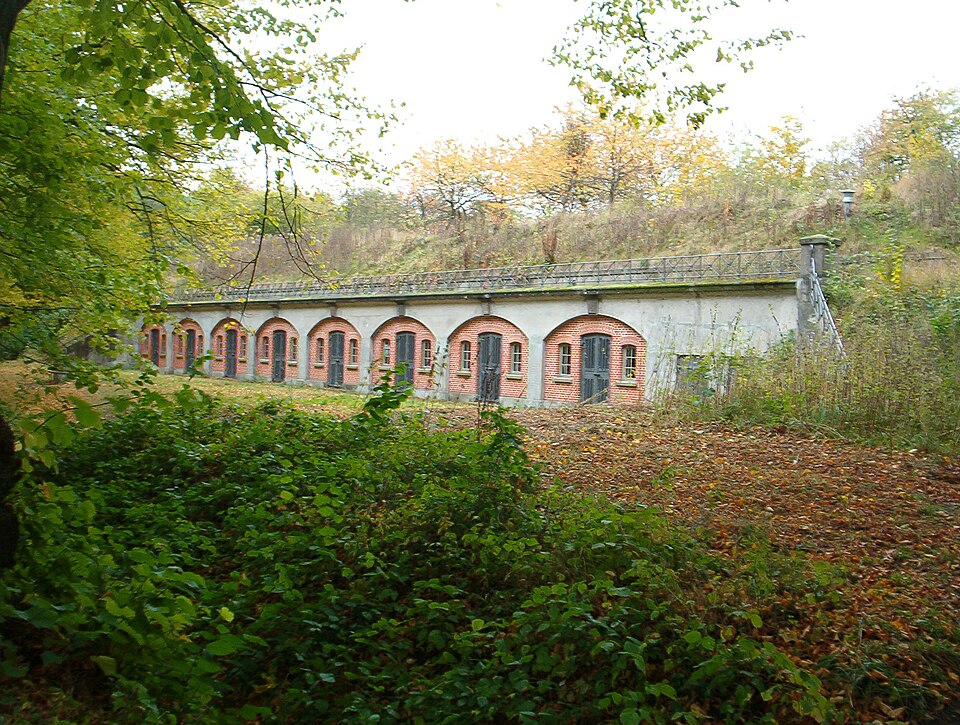
Vestvolden (Danish for 'the Western Rampart') is a rampart complex west of Copenhagen, Denmark. Stretching approximately 14 kilometres (9 mi) …
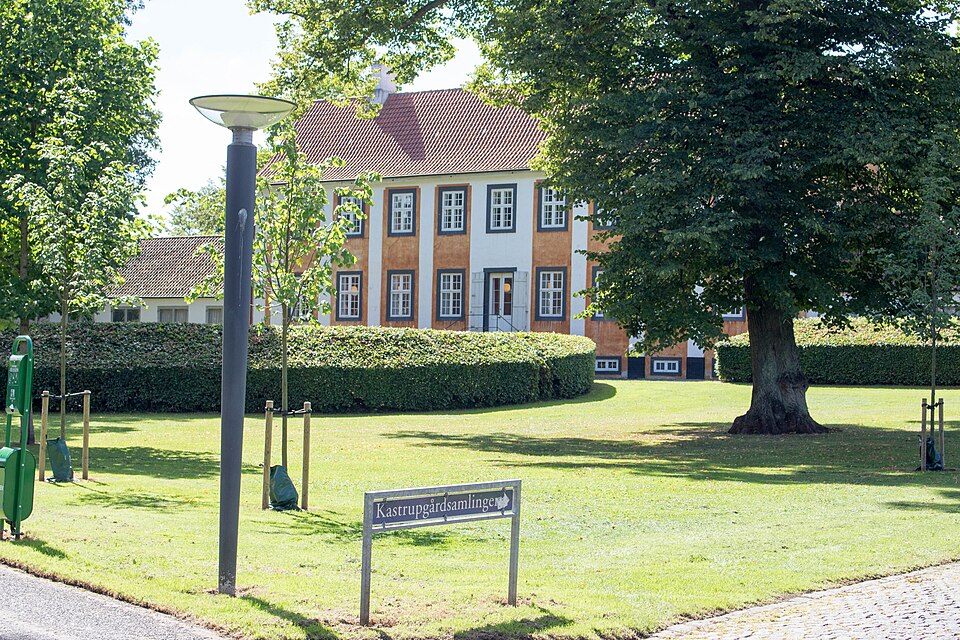

The Thorvaldsen Museum is a single-artist museum in Copenhagen, Denmark, dedicated to the art of Danish and Icelandic Neoclassical sculptor …

Copenhagen City Hall (Danish: Københavns Rådhus) is the headquarters of the Copenhagen City Council as well as the Lord mayor …

The Natural History Museum of Denmark (Danish: Statens Naturhistoriske Museum) is a natural history museum located in Copenhagen, Denmark. It …




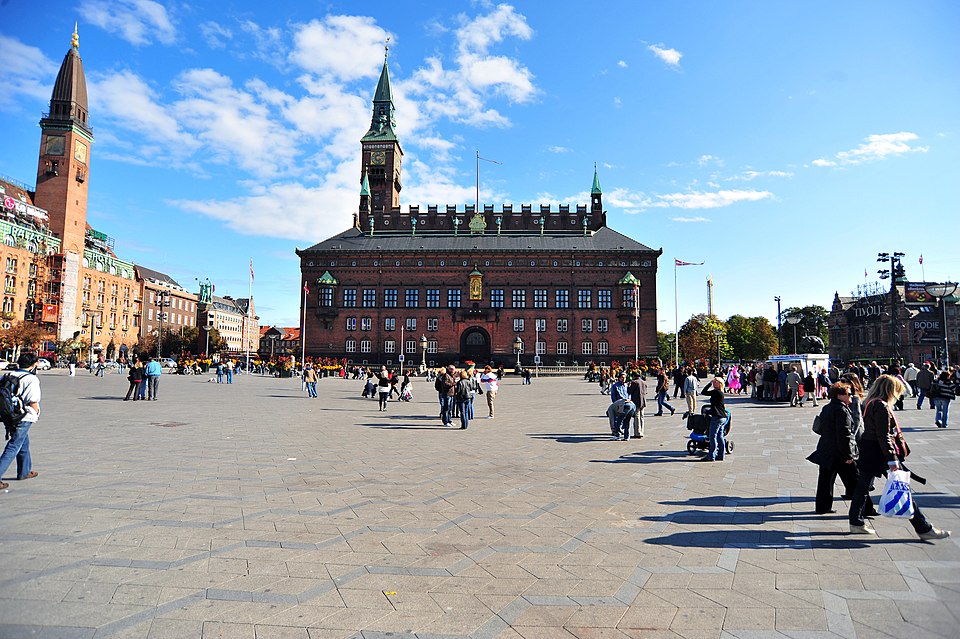
City Hall Square (Danish: Rådhuspladsen, pronounced [ˈʁʌðhusˌpʰlæsn̩]) is a public square in the centre of Copenhagen, Denmark, located in front …
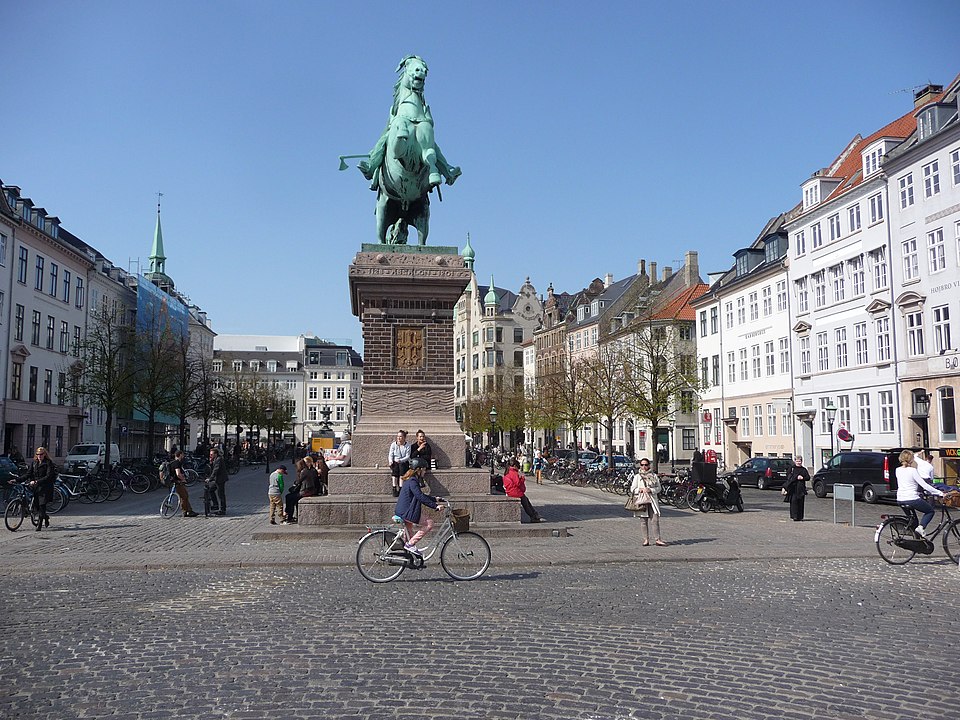
Højbro Plads (literally "High Bridge Square") is a rectangular public square located between the adjoining Amagertorv and Slotsholmen Canal in …
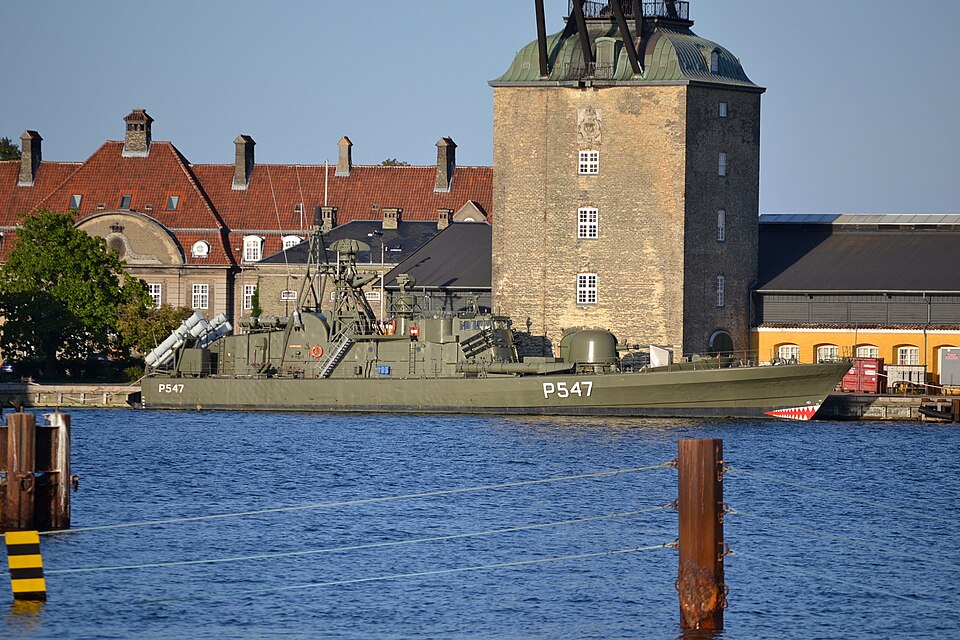
HDMS Sehested (P 547) is a Willemoes-class fast attack craft of the Royal Danish Navy which was in commission from …
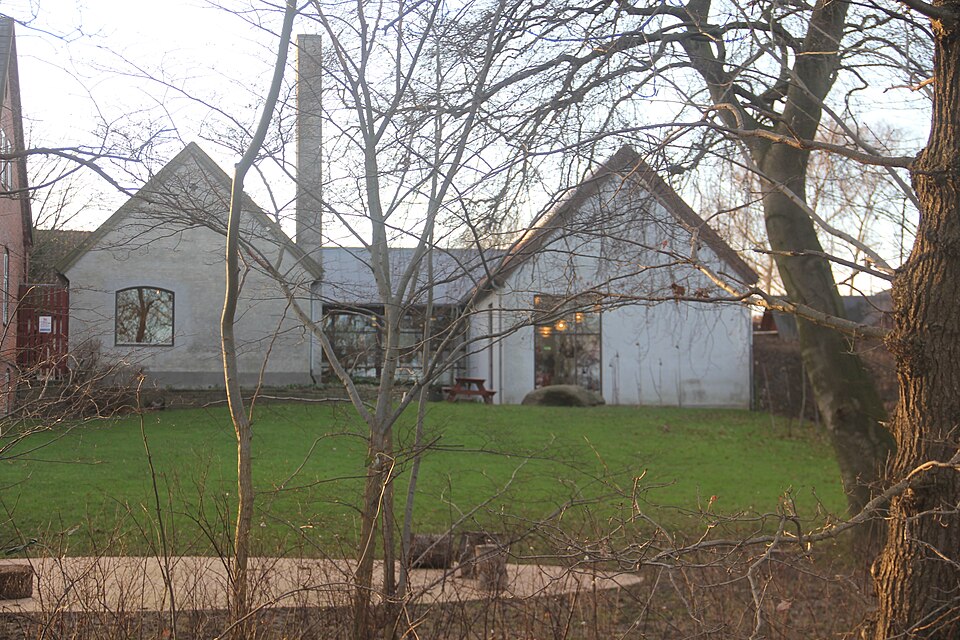
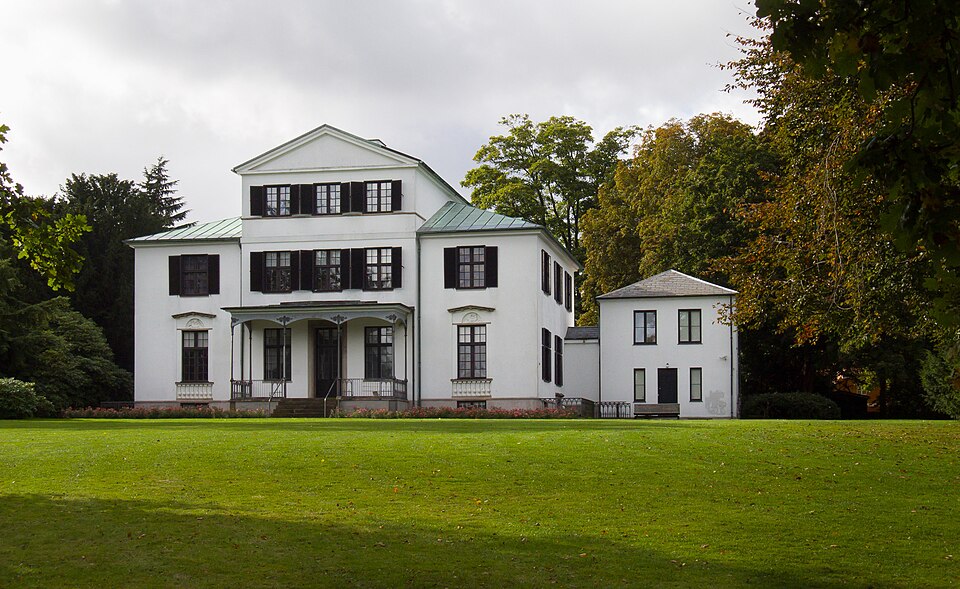
Øregård Museum is an art museum located in Hellerup in the northern outskirts of Copenhagen, Denmark. It is owned by …


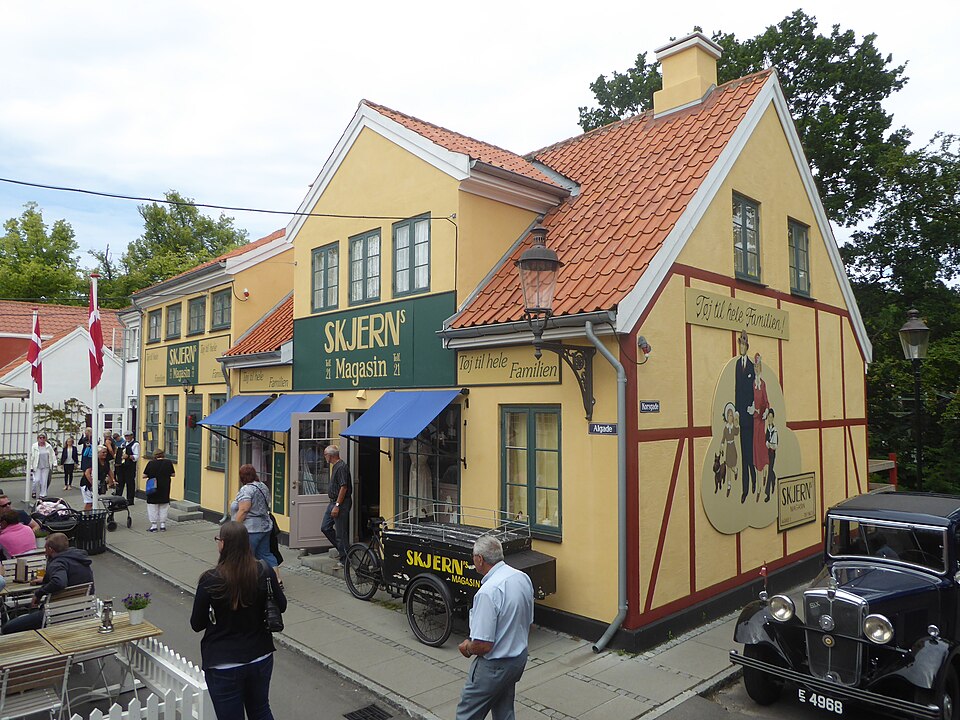
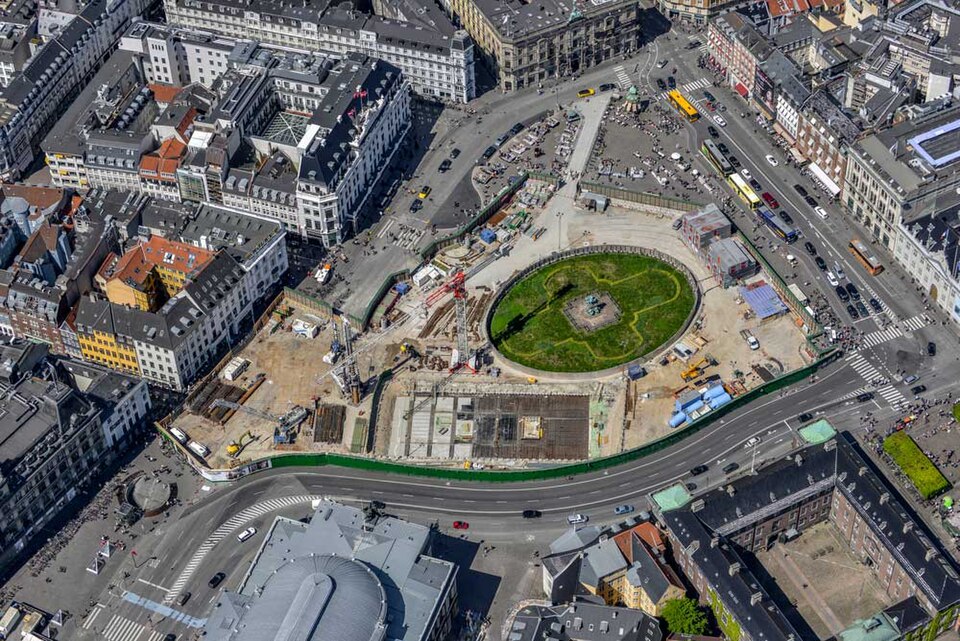
Kongens Nytorv (lit. "The King's New Square") is a public square in Copenhagen, Denmark, centrally located at the end of …

Dæmonen is a floorless steel roller coaster at the Tivoli Gardens amusement park in Copenhagen, Denmark. Designed by Bolliger & …
Create a personalized itinerary and unlock the finest experiences København has to offer
Plan Your Trip